I am a fifth year graduate student, working in the Saykally group at the University of California Berkeley. My research focuses on investigating air/water interfaces using second harmonic generation, a surface selective nonlinear optical technique. We are interested in investigating the microscopic structure of the air/water interface, as well as the effect of aqueous electrolytes on this interface. Our laser system includes a home built Ti:Sapphire oscillator and a commercial amplifier.
The oscillator can be a bit finicky at times. When I turn on the amplifier of my laser, I have to wait for the system to thermally equilibrate in order for the oscillator to stabilize. In the past, I would continually check the laser diodes, waiting for them to maintain a steady value. However, I noticed that the power of the oscillator would change once the amplifier was turned on, and when the power stabilized, the oscillator was also stabilized. I was able to use the Ophir- Spiricon Quasar to connect with my laptop via Bluetooth. This allowed me to monitor the oscillator power in the lab while in my office in the adjacent room. Since the power was logged using the StarLab software, I could easily check to see exactly when the oscillator power had stabilized, and the system was warmed up and ready to use. This was much more convenient than constantly going into lab to check on the laser diodes. It allows me to know exactly when the oscillator is ready, no more wasting time.
The Quasar also makes it easier to measure power in my system. I check the power of different pulses and wavelengths in four to five spots on my system. The Quasar is very compact, and easy to move, and it is much easier to read the power off a computer screen than the previous power meter that I used. I also enjoyed how easy it was to implement; I hooked up my old detector head from Ophir and it was instantly recognized. I had the entire system up and working in about a minute. When connected via Bluetooth, the StarLab software also automatically detected the head and set it in the correct power range.

Additionally, the Quasar was able to run several days on a single charge, so I was able to run overnight and see if any issues arose while I was gone for the evening. I can also connect to my lab computer remotely and use the power measurement to see if the oscillator is stable. The Quasar with StarLab was able to track slow developing changes or oscillations in the system power (on the time scale of hours) that I would not have noticed observing manually. All in all, the Quasar is a great piece of equipment and I definitely enjoy how much more convenient it makes the maintenance and running of my laser system.
-By Greg Dallinger, Graduate Student, University of California Berkeley
You might also like to read:
Laser Power Measuring Simplified with Wireless technology
Beam Shaping for Space-Based Atmospheric Measurements
Worms and Lasers: A Fascinating Story
Please feel free to comment and add things you have on your list
Share this:


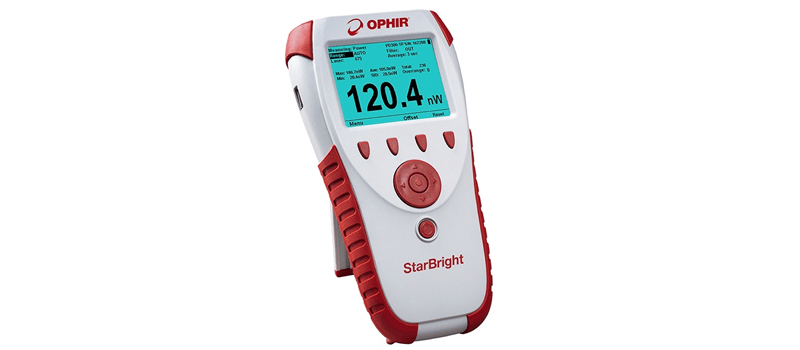
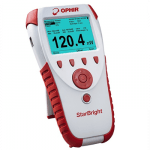
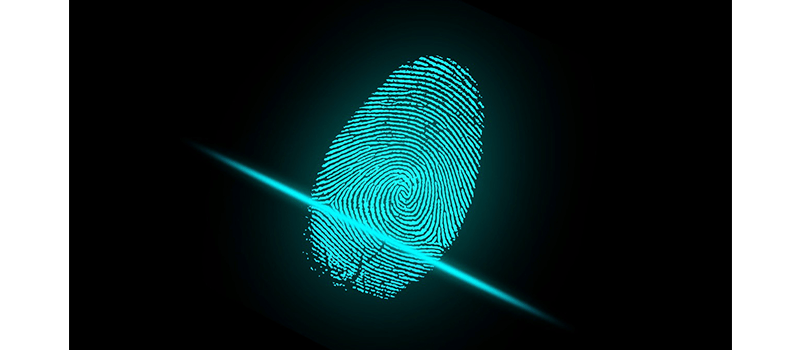
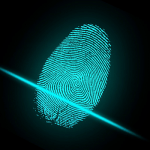
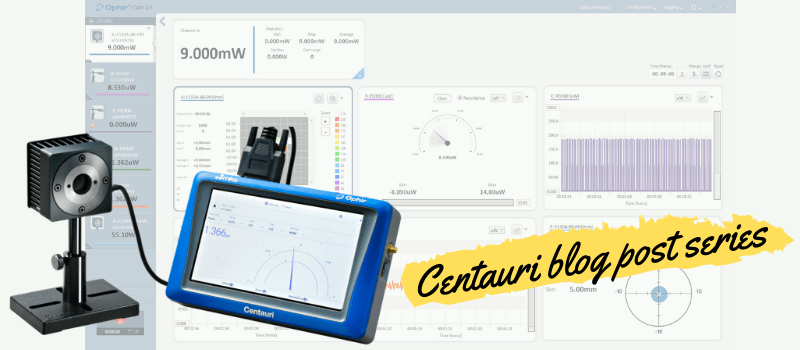
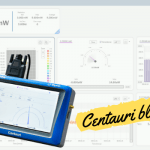
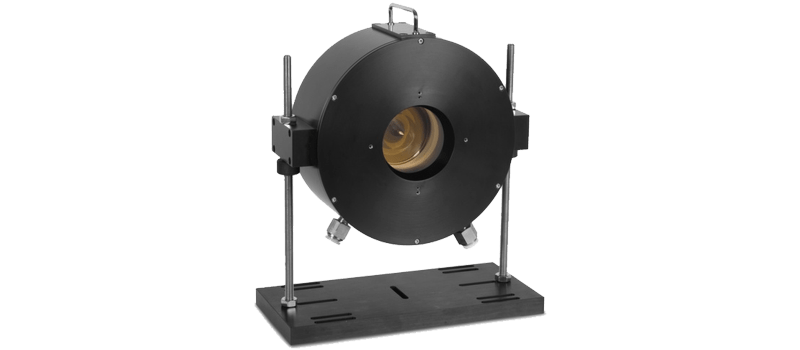
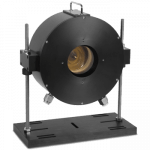
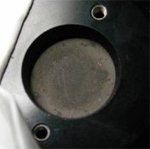

Leave a Reply
Your email address will not be published. Required fields are marked *